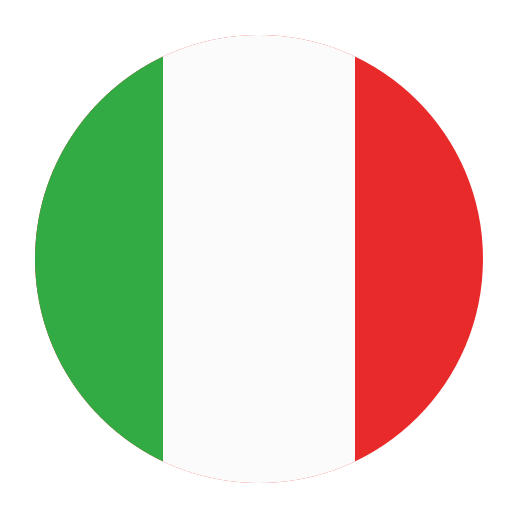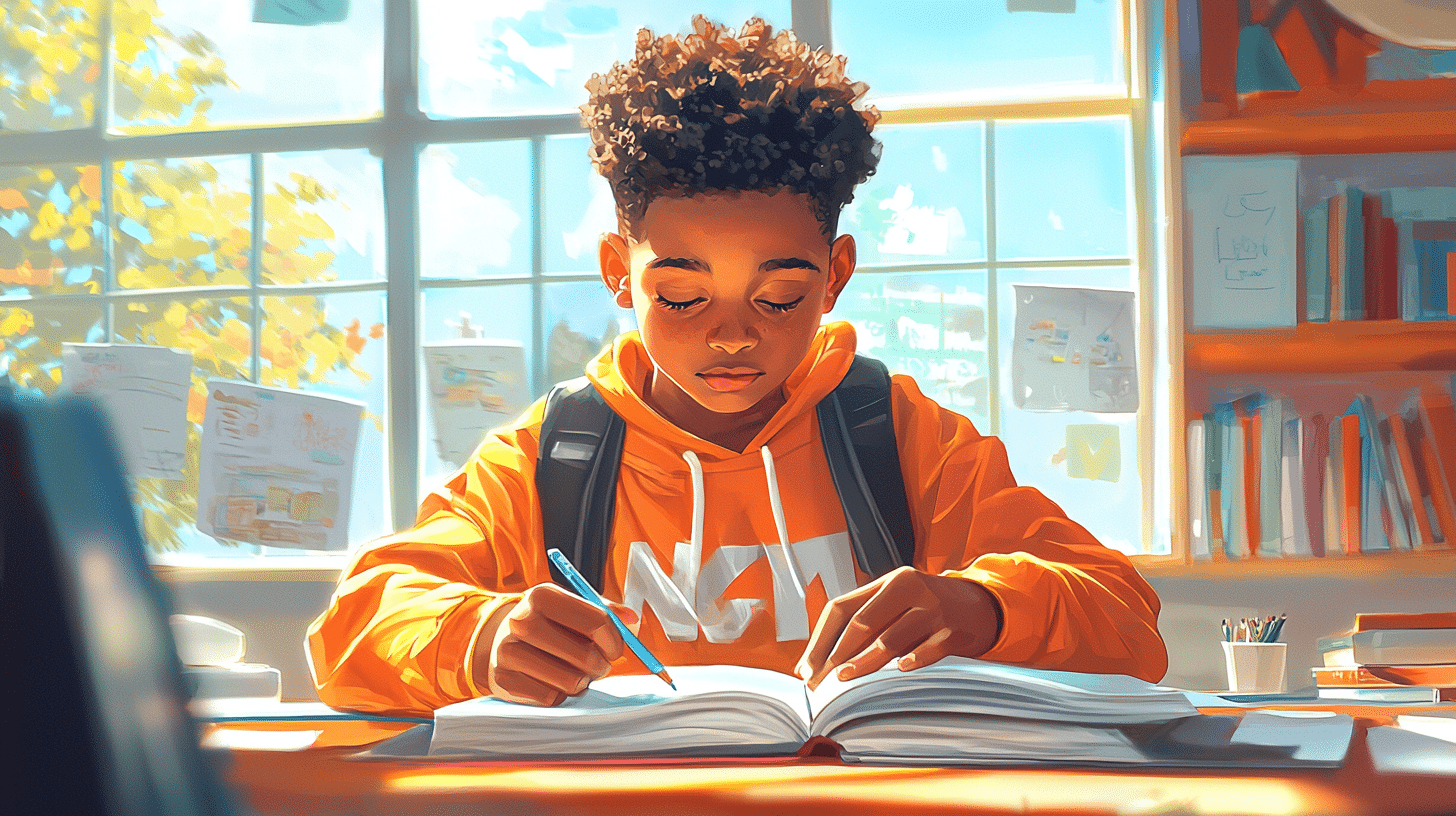Fashion is an integral part of Italian culture, renowned worldwide for its elegance, innovation, and craftsmanship. When learning Italian, understanding how to describe clothing and fashion not only enriches your vocabulary but also helps you immerse yourself in the culture. This article will guide you through essential Italian vocabulary and phrases related to clothing and fashion, enabling you to discuss styles, preferences, and trends with confidence.
Basic Vocabulary for Clothing
Before diving into more detailed descriptions, it’s essential to grasp the basic vocabulary for common clothing items. Here are some fundamental words you’ll often encounter:
– **La maglietta** (the T-shirt)
– **La camicia** (the shirt)
– **La gonna** (the skirt)
– **I pantaloni** (the trousers/pants)
– **Il vestito** (the dress or the suit)
– **Il cappotto** (the coat)
– **La giacca** (the jacket)
– **I jeans** (the jeans)
– **Le scarpe** (the shoes)
– **Gli stivali** (the boots)
– **Le calze** (the socks/stockings)
– **Il maglione** (the sweater)
– **La cravatta** (the tie)
– **Il cappello** (the hat)
– **La borsa** (the bag)
– **Gli occhiali** (the glasses)
These words form the foundation of your vocabulary and will help you describe what people are wearing or what you need to buy.
Describing Clothing
Once you’re familiar with the basic vocabulary, the next step is to learn how to describe these items in more detail. Whether you’re shopping, discussing your wardrobe, or giving compliments, these phrases will be invaluable.
Colors
Colors are one of the first descriptors you’ll want to use. Here are some common colors and how they are used in sentences:
– **Rosso** (red)
– **Blu** (blue)
– **Verde** (green)
– **Giallo** (yellow)
– **Nero** (black)
– **Bianco** (white)
– **Grigio** (gray)
– **Marrone** (brown)
– **Rosa** (pink)
– **Arancione** (orange)
– **Viola** (purple)
– **Beige** (beige)
To describe a piece of clothing, you would use the color as an adjective. For example:
– *Una camicia **bianca*** (a white shirt)
– *Un vestito **rosso*** (a red dress)
– *Dei pantaloni **neri*** (some black trousers)
Note that colors must agree in gender and number with the nouns they describe. For instance, “rosso” becomes “rossa” for feminine singular nouns, “rossi” for masculine plural nouns, and “rosse” for feminine plural nouns.
Patterns and Fabrics
Patterns and fabrics add another layer of detail to your descriptions:
– **A righe** (striped)
– **A quadri** (checkered)
– **A pois** (polka-dotted)
– **A fiori** (floral)
– **Di lana** (woolen)
– **Di cotone** (cotton)
– **Di seta** (silk)
– **Di pelle** (leather)
– **Di lino** (linen)
Examples of using these in sentences include:
– *Una gonna **a righe*** (a striped skirt)
– *Una camicia **di seta*** (a silk shirt)
– *Dei pantaloni **di cotone*** (cotton trousers)
Sizes and Fit
When discussing clothing, size and fit are crucial aspects, especially when shopping. Here are some useful terms:
– **Taglia** (size)
– **Piccolo** (small)
– **Medio** (medium)
– **Grande** (large)
– **Stretto** (tight)
– **Largo** (loose)
– **Corto** (short)
– **Lungo** (long)
You can use these adjectives to describe how clothes fit:
– *Una giacca **stretta*** (a tight jacket)
– *Un vestito **lungo*** (a long dress)
– *Dei pantaloni **larghi*** (loose trousers)
When shopping, you might need to ask for your size:
– *Qual è la mia **taglia**?* (What is my size?)
– *Avete una **taglia** più grande/più piccola?* (Do you have a bigger/smaller size?)
Accessories
Accessories are essential for completing an outfit. Here are some common accessory terms:
– **Gli occhiali da sole** (sunglasses)
– **L’orologio** (watch)
– **La cintura** (belt)
– **La sciarpa** (scarf)
– **Il braccialetto** (bracelet)
– **L’ombrello** (umbrella)
Examples:
– *Un **braccialetto** d’oro* (a gold bracelet)
– *Una **cintura** di pelle* (a leather belt)
Talking About Fashion
Being able to discuss fashion trends, styles, and preferences can make conversations more engaging and meaningful. Here are some useful phrases and vocabulary related to fashion:
Styles and Trends
Understanding different fashion styles and trends is crucial:
– **Classico** (classic)
– **Elegante** (elegant)
– **Casual** (casual)
– **Sportivo** (sporty)
– **Alla moda** (fashionable)
– **Vintage** (vintage)
– **Chic** (chic)
You can use these terms to describe your style or ask about someone else’s:
– *Mi piace lo stile **elegante*** (I like the elegant style)
– *Qual è il tuo stile **preferito**?* (What is your favorite style?)
When discussing trends, you might use:
– *Quali sono le ultime **tendenze**?* (What are the latest trends?)
– *Questa stagione, i colori **vivaci** sono di moda.* (This season, bright colors are in fashion.)
Shopping for Clothes
Shopping is a practical application of your language skills. Here are some phrases to use while shopping for clothes:
– *Posso provare questa **giacca**?* (Can I try on this jacket?)
– *Dove sono i **camerini**?* (Where are the fitting rooms?)
– *Quanto costa questo **vestito**?* (How much does this dress cost?)
– *Avete questo in un’altra **taglia**?* (Do you have this in another size?)
You might also need to express your preferences:
– *Preferisco questo **stile*** (I prefer this style)
– *Non mi piace il colore di questa **maglietta*** (I don’t like the color of this T-shirt)
– *Cerco qualcosa di più **casual*** (I’m looking for something more casual)
Giving Compliments
Complimenting someone on their outfit is a great way to practice your Italian and make connections. Here are some phrases you can use:
– *Che **bella** gonna!* (What a beautiful skirt!)
– *Mi piacciono molto i tuoi **occhiali*** (I really like your glasses)
– *Hai un **ottimo** gusto per la moda* (You have great taste in fashion)
– *Questa **giacca** ti sta benissimo!* (This jacket looks great on you!)
Fashion-Related Expressions
Italian, like any language, has idiomatic expressions related to fashion and clothing. These can add a touch of authenticity to your conversations:
– **Essere al passo con i tempi** (to be up-to-date with the times) – This expression means to keep up with the latest trends.
– **Fare un figurone** (to make a great impression) – Often used when someone is dressed very well and impresses others.
– **Essere in gamba** (to be on the ball) – Although not directly related to fashion, it can be used to compliment someone’s overall style and presence.
– **Avere stile** (to have style) – Used to describe someone who has a good sense of fashion.
Practice Conversations
To solidify your understanding, here are a few example conversations that incorporate the vocabulary and phrases discussed:
At a Clothing Store
**Customer:** Buongiorno, posso provare questa giacca?
**Salesperson:** Certo, i camerini sono laggiù. Di che taglia ha bisogno?
**Customer:** Di una taglia media, per favore.
**Salesperson:** Va bene. Se ha bisogno di un’altra taglia, mi faccia sapere.
**Customer:** Grazie mille!
Discussing Fashion with a Friend
**Friend 1:** Mi piace molto il tuo vestito. Dove l’hai comprato?
**Friend 2:** Grazie! L’ho comprato in un negozio vintage in centro.
**Friend 1:** Hai un ottimo gusto per la moda. Quel colore ti sta benissimo.
**Friend 2:** Grazie! Anche tu sei sempre alla moda.
Conclusion
Mastering the vocabulary and phrases related to clothing and fashion in Italian can greatly enhance your ability to communicate effectively. It not only broadens your vocabulary but also allows you to engage more deeply with Italian culture. Whether you’re shopping for clothes, discussing fashion trends, or giving compliments, these tools will help you express yourself clearly and confidently. Happy learning, and buona fortuna with your Italian language journey!

